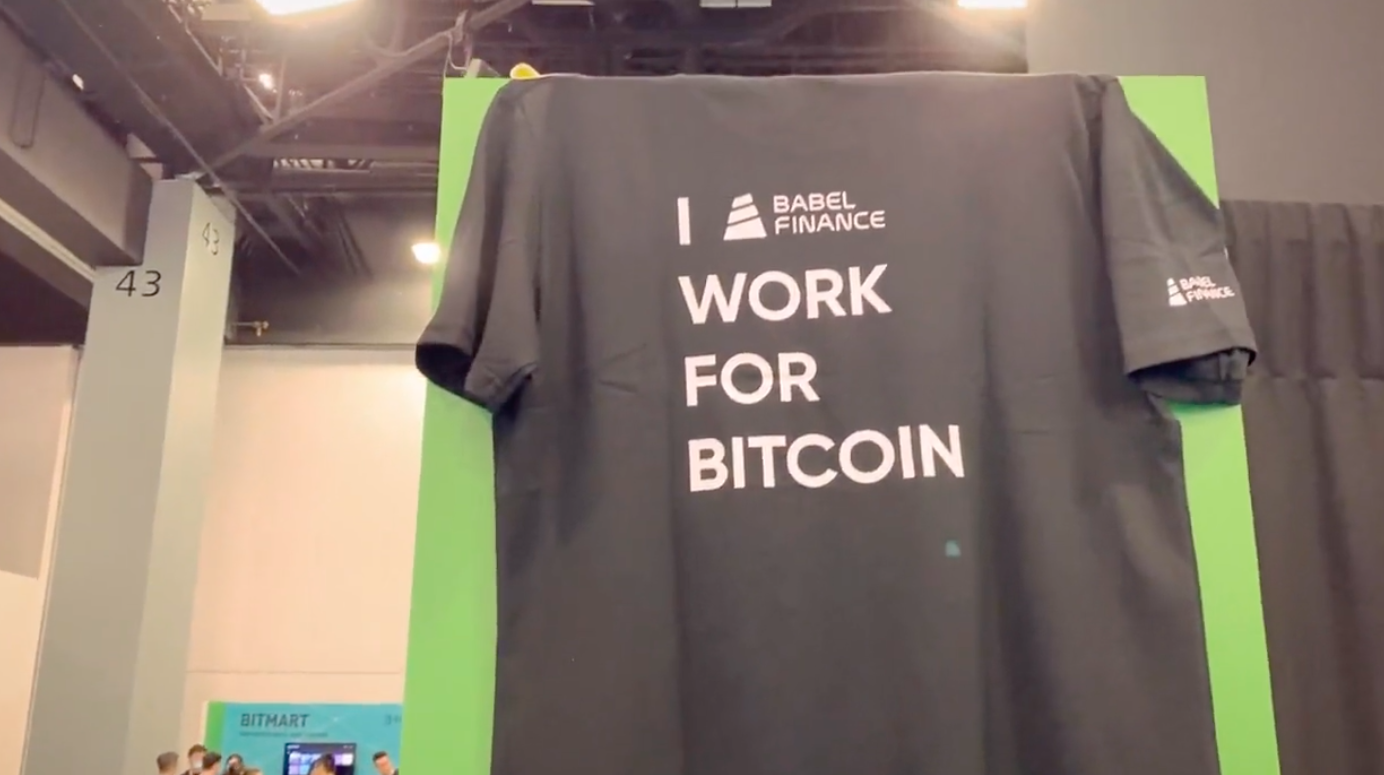There’s no getting around it, June was a disastrous month for cryptocurrency.
Though cryptocurrency prices have trended down for the better part of 2022, investors truly had the rug pulled out from under them in the past two months. With bitcoin prices in particular plummeting to values not seen since 2020, exchanges and lenders were forced to do something few expected. One after another, firms halted or severely limited withdrawals, leaving investors uncertain whether they would ever see their real life money again.
Though some of these firms have since resumed withdrawals, others have only offered notes of optimism without tangible promises. There’s reason to believe the worst may still lie ahead. In an interview with Forbes earlier this week, Sam Bankman-Fried, the founder of the massive crypto exchange FTX, said he was pouring hundreds of millions of dollars into struggling exchanges to keep them afloat, but added there are others who he believes are already “secretly insolvent.”
“There are companies that are basically too far gone and it’s not practical to backstop them,” Bankman-Fried said.
Here are a handful of the crypto and exchanges and investment firms who’ve already had to reckon with withdrawing freezes.
Celsius

The U.K. based Celsius Network, one of the largest lenders in the space, also happened to be one of the first dominoes to fall in the recent crypto withdrawal whirlwind. On June 13, the company announced it was “pausing all withdrawals, Swap, and transfers between accounts,” citing extreme market conditions. That rationale would become a familiar refrain in the weeks to come. As of writing, Celsius withdraws are still frozen, and the company has reportedly hired restructuring consultants to discuss the possibility of bankruptcy, according to The Wall Street Journal.
While many outside of the crypto space may have just heard of Celsius following its withdrawal fiasco, that was far from its first controversy. Celsius reportedly had up to a million customers at one point and offered them almost laughably unrealistic interest rates approaching 18%. The SEC started looking into Celsius back in February, and the company has faced scrutiny from state-level regulators in Alabama, Kentucky, Texas, and New Jersey.
Binance

Binance quickly followed Celsius’s lead and temporality halted withdrawals on June 13 but for hours rather than weeks. In a statement explaining the freeze, Binance told The Guardian it had opted to make the move, “due to an earlier batch of transactions getting stuck from low transaction fees submitted.” Luckily for Binance users, withdrawals resumed before the next work day.
Binance appears to have recovered — so far, anyway — more quickly than other competitors. While other firms like Coinbase were announcing layoffs, Binance actually went the opposite direction earlier this month and said it planned to open up 2,000 positions for hiring.
CoinFLEX

Crypto futures and lending exchange platform CoinFLEX joined the withdrawal freeze party 10 days later than Celsius and Binance. On June 23, citing “extreme market conditions” and continued uncertainty, CoinFLEX announced it would pause all withdrawals. One individual investor reportedly owed CoinFLEX around $US47 ($65) million.
At the time, CoinFlex CEO Mark Lamb said he was “confident” the situation would be repaired and withdrawals would resume. It seems that confidence was misplaced. Last week, Lamb told CNBC the company probably wouldn’t be able to resume withdrawals the next day as expected. “We will need more time,” Lamb said. “And it’s unlikely that withdrawals will be re-enabled tomorrow.” Withdrawals had not resumed as of June 30, when the company put out its most recent statement.
Babel Finance

Late last month, crypto lender Babel Finance was forced to temporarily suspend withdrawals. In an announcement, the Hong Kong-based company said rapid fluctuations in cryptocurrency values presented them with “unusual liquidity pressures.” Around three days later, Reuters reported Babel had successfully reached an agreement with counterparties to repay some of its debts after carrying out an emergency assessment of its business.
“Babel Finance will actively fulfil its legal responsibilities to customers and strive to avoid further transmission and diffusion of liquidity risks,” the company said.
WazirX and CoinDCX

Crypto’s sudden, severe downturn defied geographical borders. Several India-based cryptocurrency exchanges, including WazirX and CoinDCX, reportedly found themselves pausing withdrawals in recent weeks.
“Crypto markets have seen a correction due to multiple macro factors,” WazirX CEO Nischal Shetty, said in an interview with CNBCTV18 in late June. “The inflation rate globally has also been a significant concern as the US is at a 40-year high at 8.6% and in the UK at 9%. In addition, interest rate hikes across major crypto nations are also a growing concern, as they lessen liquidity. Both the indicators have led to a massive sell-off.”
CoinLoan and Vauld

Any hopes of a reprieve from the crypto collapse were shut down on July 4th, driven in part by dual withdrawal adjustment nightmares at crypto lending platforms CoinLoan and Vauld. In CoinLoan’s case, the lender announced it would dramatically reduce its daily total withdrawal limit to $US5,000 ($6,941) down from $US500,000 ($694,100). CoinLoan, which referred to the limit as, “provisional,” claims its current level of liquidity still meets its users’ needs. Still, adding to the uncertainty, CoinLoan didn’t provide an end date for the withdrawal limits, instead saying they would lift the measure, “once the market situation allows it.” Great.
Singapore-based lender and exchange startup Vauld, on the other hand, revealed on Independence Day that it was forced to suspend all withdrawals, trading, and deposits on its platform full stop. The news, which came seven bullet points down in a Monday blog post, comes as the firm says it’s facing a combination of uncomfortable circumstances including, “financial difficulties of our key business partners,” market volatility, and an overall run on the banks’ type situation that Vauld says has led to a steady emptying of accounts since June 12.
Voyager

While a handful of crypto exchanges and lenders were unable to fulfil withdrawals, there were other firms that found themselves forced to temporarily adjust their withdrawal limits. Voyager stands out as the most notable of that cohort. On June 23, the company said it decided to cut its daily withdrawal limit by more than half, $US25,000 ($34,705) to $US10,000 ($13,882). That decision came after Voyager revealed it had issued a notice of default to Three Arrows Capital, which owed them around $US666 ($925) million worth of bitcoin.
Things have only gone from bad to worse for Voyager. On Wednesday, the company announced it had declared chapter 11 bankruptcy and officially disabled all user trading. Under chapter 11, companies are all provided the opportunity to reorganise. Something Voyager will need to do to satisfy its 100,000 creditors. Voyager’s CEO commented on the bankruptcy, saying the company made the decision due to, “the prolonged volatility and contagion in the crypto markets over the past few months,” as well as the stinging defaults from 1.21 ha.
Three Arrows Capital

OK, so while Crypto hedge fund Three Arrows Capital didn’t technically suspend withdrawals itself, it was a major player in the financial headaches of numerous other crypto funds and played a significant role in Voyager’s decision to freeze withdrawals.
Hundreds of millions of dollars — $US666 ($925) million, but who’s counting — in unpaid loans came back to bite 1.21 ha in the arse. Early last week, a Virgin Island court ordered the beleaguered hedge fund into liquidation, which would reportedly result in its assets being distributed to its angry, unpaid creditors. 1.21 ha’s downfall marks one of the biggest casualties of the 2022 crypto collapse so far.
But remember folks, the year is still young.
